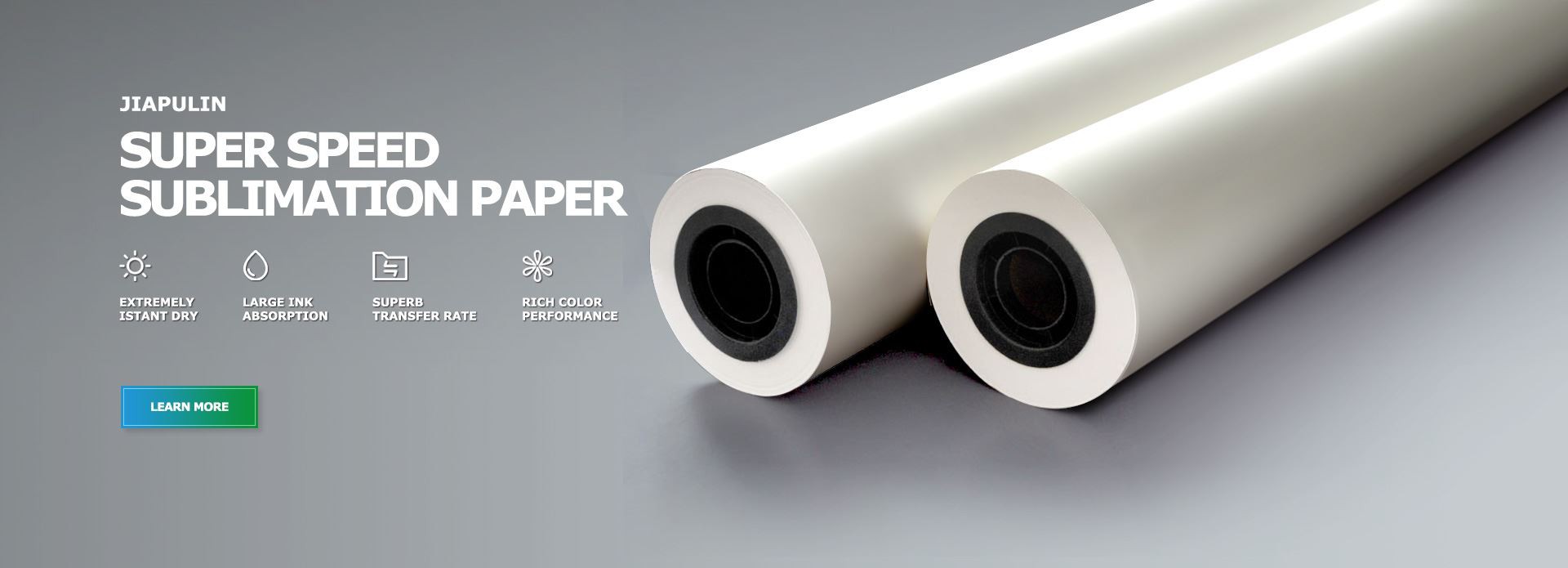Getting to know dye-sublimation printing and what you can do with it
Dec 07, 2021

What can thermal printing be used on?
There are so many different types of items that are suitable for dye sublimation. Anything that has polyester resin coating or polyester can be printed on. This includes both hard goods and fabrics. Some hard goods that can be printed are metal plates, snowboards, tiles, footballs, and mugs. Moreover, the fabrics you can print on include the likes of mouse pads, apparel, microfiber screen cleaners, tablecloths, flags, and banners.
How does the dye sublimation printing process work?

Professional companies will use a dye sublimation printer, as well as disperse dyes, transfer papers, and a heat press. This is a distinctive process, which uses inks (disperse dyes) in their gas form in order to create a graphic. Firstly, the graphics will be printed onto the transfer paper. After this, the transfer paper is placed on top of the item that is being decorated using a heat press. The heat enables the inks that are dried on the transfer paper to change from a solid form into a gas, which penetrates the polyester fabrics. When heat is added, the polymers in the polyester cause the inks to bond, and this makes a permanent graphic that is embedded completely into the material.
What are the benefits of using dye sublimation?
Now that you know exactly what dye sublimation is, why should you care? What’s so great about this approach? Well, when it comes to anything polyester, this is the way to go. This is because the ink’s gaseous state will result in an image that is totally smooth and washable, and this will be completely embedded into the material. If that was not enough, because of the high-resolution quality, you will end up with a graphic that is vibrant and vivid, producing stunning results.
UV printing is an alternative that tends to be used, yet it is not effective when it comes to polyester fabric items. While it can be utilized on polyester coated hard goods, it is not recommended because it can look more like a sticker or label. You don’t have to worry about this crusty or rigid texture with dye sublimation. There is also no concern in terms of print scratching or scraping.







